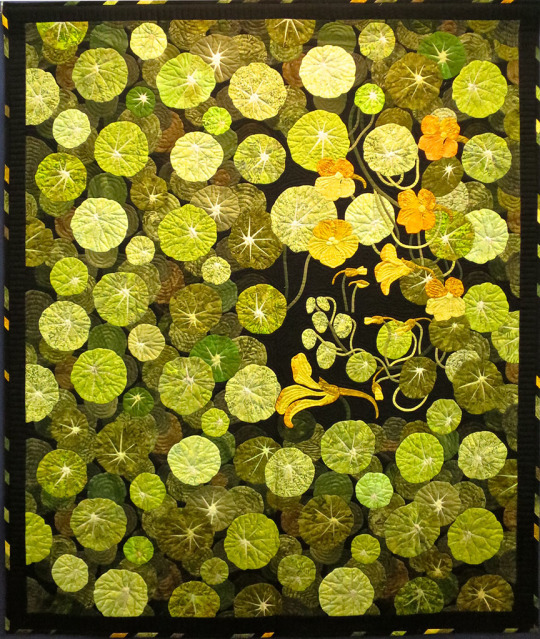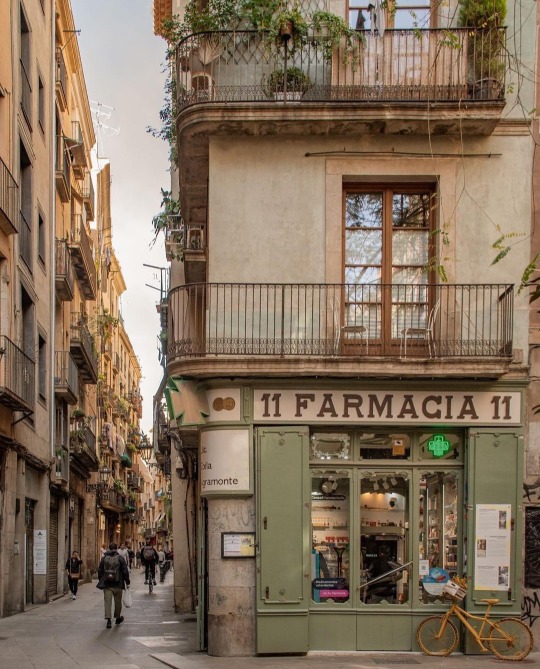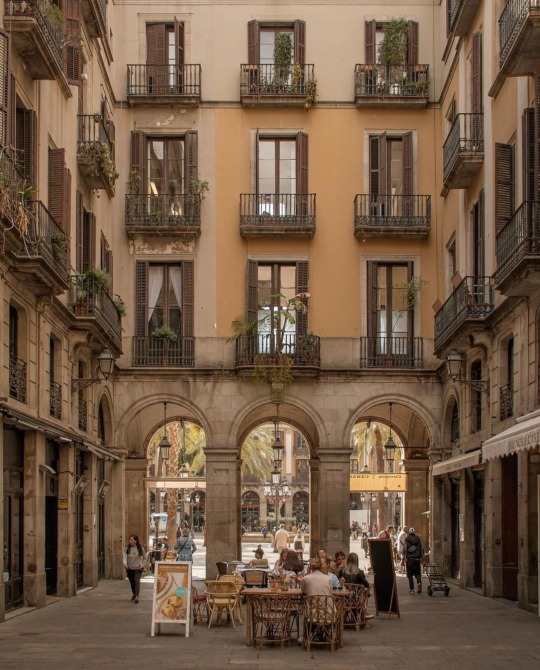Text

I am always a sucker for teal terra cotta. I know Los Angeles doesn't have the monopoly on it, but what it does have, it does so well.
#ArtDeco #Pellissier #WILshire #wesTERN #TerraCotta #zigzagmoderne
266 notes
·
View notes
Photo

[Claude Monet - Gondola in Venice]
10 notes
·
View notes
Text

APULIAN RED-FIGURE BELL KRATER
Ca. 400-300 BC
303 notes
·
View notes
Note
Oh hey! I think @panickingstudent2 may be referencing one of my videos, which if true that's a very weird feeling, because that video has I think around two hundred views. Anyway, the I think the asker possibly was referencing is my video about the portrait of Feyntje von Steenkiste, the wife of a wealthy Mennonite merchant, painted in the early 1600s, in which I talked about how her very severe presentation was a bit of conspicuous consumption, and included in this I talked about her black dress.
So what I talked about in that video is the fact that at the time a black dress would have been dyed with the new hot dye from the New World, logwood dye, which if properly treated created a fairly stable black dye, something that had not been avaible in Europe before. I talked about how this dye would have been expensive but I also talked about how this dye would have been acquired from the Portuguese possessions in South America, and that this would have had religious implications for a staunch Protestant at the time.
But I want to talk a little bit about why black dyed clothing was a sign of conspicuous consumption in the late middle ages, before the availibility of logwood dye, because black was really, really fashionable in the Iberian Peninsula, and Spanish influenced courts like Burgundy, before there was a colorfast black dye availible. Before logwood, black was derived mostly through overdying, which is to say dying a fabric repeatedly with multiple dyes in multiple baths. It is possible to get a colorfast color this way today, depending on the dyes, mortants, and process, but unfortunately they did not have the means of creating a colorfast black dye at the time. So before logwood, having black clothing was conspicuous consumption because the clothing had to be to an extent disposable. The black was not going to last, and the dye was not going to fade evenly. You could probably reuse the garment, by re-dying it, But any decoration on it would be ruined, so would have to be taken out and redone. This could be a very expensive process. It wasn't that black clothes themselves were individually more expensive in the late middle ages than any other color, but because the garment would not last as long, you are making a statement about your ability to afford to regularly discard and replace clothes. Which given how expensive high quality textiles were, was a real statement.
As a side note, given the Spanish associations with this particular late medieval trend for black, it might have been a way of dealing with the high quality dark brown merino wool. To be clear, I'm spitballing here, but hey, I wouldn't be surprised.
I would not be surprised if the asker is not referencing my video, because again, very few people actually saw it, it just felt so similar to what I had talked about.
So I've seen conflicting stories about the colour black in history.
Some say it's very expensive and hard to maintain, so that's why rich merchants wore black. Evidence in portraits.
Some say that for dyes it's on the cheaper side actually.
Some say the expensive black doesn't come from dye but rather the colour of the animal, so black fabric comes from black fibre which comes from black sheep. How exactly would black sheep be more expensive than regular white sheep?
Which one is right? I know this is probably influenced by which century it's set in, like maybe some eras have an easier time getting black dye
I found a well-sourced blog post about this, luckily, because I'm a 19th-century focused researcher and I've heard conflicting things about black in earlier periods. It seems to be that high-quality black-dyed fabric was difficult to obtain in the west from the Middle Ages potentially through the 18th century because it required massive amounts of dye to get the color very deep ("true black"). Lesser black shades were quite common, though, so black, period, doesn't seem to be more expensive than any other color. Possibly the intensively dyed, deep blacks might have been? But not black in general.
source
Rich merchants did wear black- but so did other people. They just usually didn't have portraits.
The black sheep thing I've never heard before. And anyway, that could only apply to wool- not cotton, linen, silk, leather, etc.
#a s fischer added#The only thing I could think the entire time. I was writing this was medieval fast fashion#I also talked in that video about how the rice starch commonly used at the time for stiff linen ruffs and also the logwood dye for the dres#were products produced by enslaved black and indigenous people#But anyway the reason why everybody lost their mind when logwood dye was introduced was because black was already very trendy#At least in certain parts of western europe#logwood made black clothing much more accessible and less expensive even if it was itself an expensive dyestuff
1K notes
·
View notes
Text

Castle in Braunfels, Germany 🇩🇪
3K notes
·
View notes
Text
As it is Passover again, it is time for the annual debate as to whether the frog plague, which thanks to a quirk in the Hebrew, is written as a plague of frog, singular, rather than the plural, plague of frogs, was in fact, as generally imagined, a plague of many frogs, or instead a singular giant Kaiju frog. This is an ancient and venerable argument that actually goes back to the Talmud because this is what the Jewish people are. If we can't argue for fun about this sort of thing, what are we even doing.
In that spirit, I would like to submit a third possibility, which is that in fact it was one perfectly normal sized frog, who was absolutely acing Untitled Frog Game: Ancient Egypt Edition. One particularly obnoxious frog, who through sheer hard work, managed to plague all of Egypt.
#jewish#this is by far the most popular post I ever made#thank you koshercosplay for adding so much to this post#best additions
66K notes
·
View notes
Text
Due to a protest at my college, Hillel had to move tonight’s Seder to a secret location and have barred last-minute registrations.
I signed up in time to go, but I’m disappointed that some people who want to go may not be able to. I really wish this was an event that could be more open to students who may have been on the fence about going.
The fact that Hillel has to hide the location of a Passover Seder is horrifying to me.
#jewish#And the people doing this insist it isn't antisemitism while they do this#I am scared and exhausted#It took so little to convince so many people that the joos are the bad guys#in some kind of fantasy novel way#And they are the heroes who are going to expose us for what we are#and kill us#Because that's what you do to the villain in a fantasy novel#You slay the monster
1K notes
·
View notes
Text
Next year in Jerusalem.
54 notes
·
View notes
Text
Lies! Slander! Blasphemy! Still thy perfidious tongue!
Chocolate fondue is the perfect Passover dessert actually I don't know why more people don't have it. Matzah cakes are terrible and we've suffered enough this year.
#a s fischer added#jewish#To be fair I have had some really shitty macaroons#And I keep being baffled by how people get them wrong#because really all they should be is coconut and sweetened condenced milk#Though dipping them in chocolate after they've been baked as also acceptable and delicious
11 notes
·
View notes
Photo

“Garden Nasturtium” by Jungsun Jung
17K notes
·
View notes
Text
Embarrassing confession time or at least embarrassing for a political science graduate from an Anglophone country:
I was in my mid-twenties before I realized that "God Save the Queen/King" was the UK national anthem. In my defense, I knew it was an important British song, but I thought "Rule Britannia" was the UK national anthem.
#a s fischer original#Rule Britannia is a better song anyway and y'all wouldn't have to change it when you inevitably wise up and get rid of the monarchy#i found this out ten years ago and my mom still brings it up
4 notes
·
View notes










